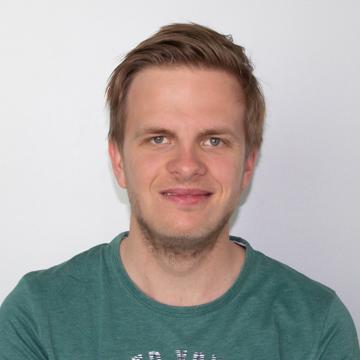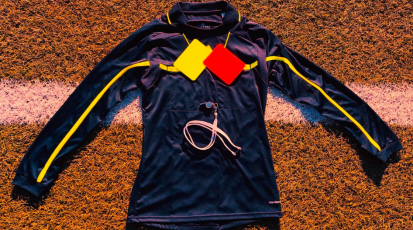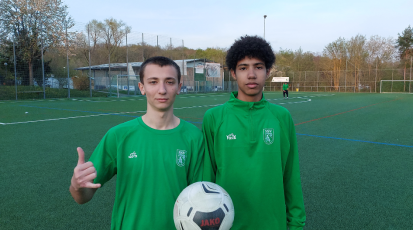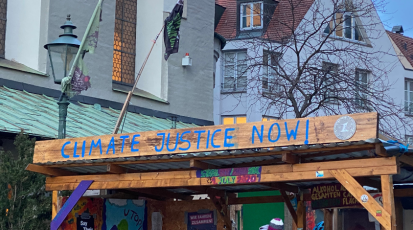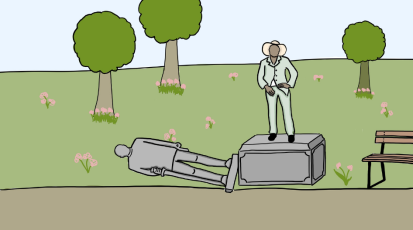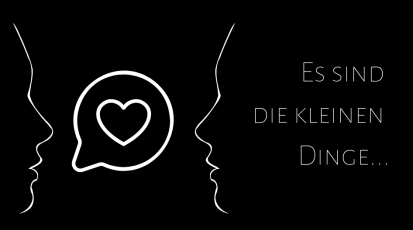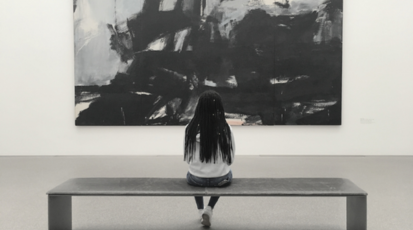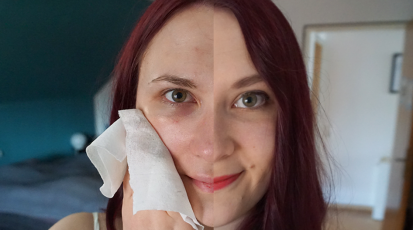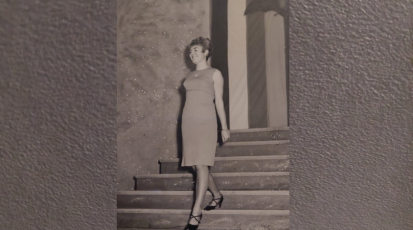Beyond the Classroom – Field Trips as a Future Part of Universities?
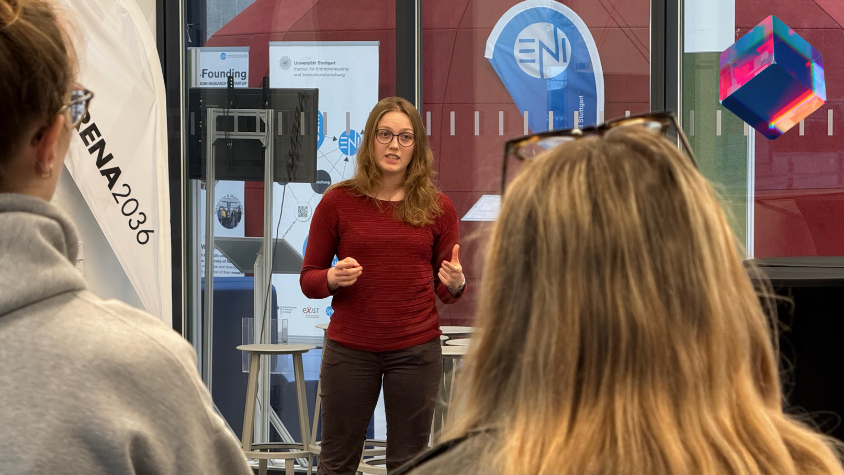
The year is 2030, and the traditional university classroom is reimagined. The lines of typical education blur with the momentum of technological innovation. A class of students steps into Arena 2036, a place where the leading technology and innovation converge with real life problem solving and collaboration. Here, instead of watching a lecture that students feel less involved in, the classroom becomes a real-life laboratory, shop floor, workplace, and learning space all at once.
For the International Content Production class, a group of students was tasked with reimagining the traditional classroom and inventing a new way of learning that could have real potential in the future of universities. As a result, they produced a field-trip based class, where the learning is done not from the pages of a book, but in the real world, where students can gain firsthand experience in industries that are leading the world to a brighter future.
Universities – a preparation for work life?
In today’s universities, problems have been growing for some time. A 2015 study from a German University in Nuremberg shows that attendance in lectures is influenced mainly by the quality of both content and lecturer. If it is boring and feels unnecessary, less students attend. Which, in turn, influences their grades, as the study showed that students with higher attendance tend to get better grades.
But the challenges universities face can also be seen from students who want to get a job with their degree. Only 34% of U.S. college students strongly agree they would graduate with the skills and knowledge needed for success in the job market. Additionally, just 53% were confident their major would lead to a good job.
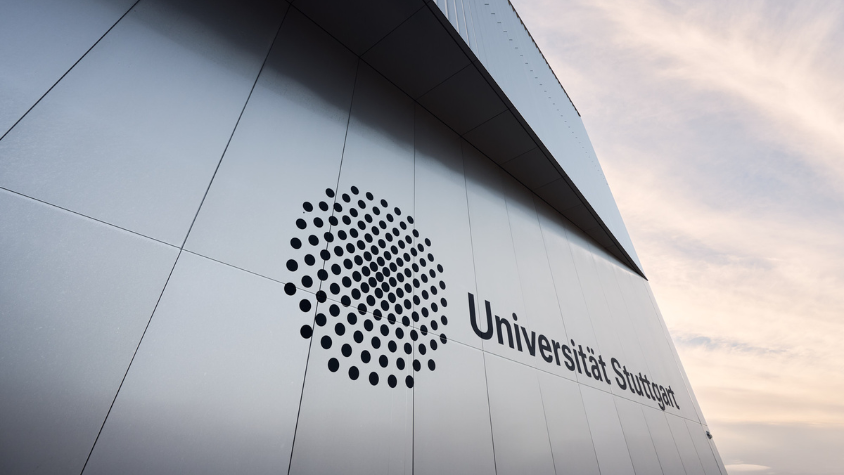
At the end of January, a group of interested students visited ARENA 2036 in Stuttgart, an innovation center where companies and universities collaborate on the development of new technologies. The class was welcomed by research coordinator Lara Blum and the head of Public Relations, Lukas Hannig. The hosts guided them through the facilities and explained the importance of collaboration between academia and industry.
ARENA 2036 started in 2013 as a state-funded project, and its name reflects the anticipated transformation of the automotive industry by 2036. In this space, collaborating companies such as Mercedes, Bosch, and Balluff work together to develop solutions in four key areas: production, mobility, connectivity, and sustainability.
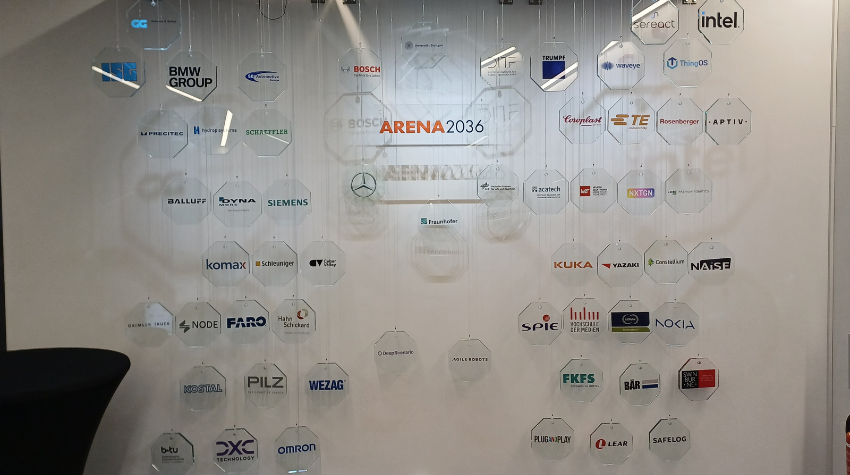
"Our vision is to bring the future of mobility to this region," Blum explained. To achieve this, ARENA 2036 serves as a meeting point between businesses and academic knowledge, facilitating connections that companies would otherwise have to seek out independently.
The tour started at the ground floor, where the innovative projects are developed. A first impressive station was an unusual meeting room concept where everyone is heard at the same level – the design enhances acoustics and enables smooth communication among all participants.
Robots, intelligent factory floors and 5G
Then the “real” innovations began. Among the most striking technologies, the students were introduced to the 5G robot, a work facilitator designed to optimize tasks rather than replace workers. Bosch presented its smart floor with LED strips, capable of detecting workers' positions and managing interactions between humans and robots in real time. Mercedes, in turn, showcased its electric platform base, an adaptable infrastructure for the development of sustainable vehicles.
The impact of 5G on the industry was another key focus. A demonstration of an electromagnetic sensor that can stop a falling elevator in 0.2 seconds caught the eyes of all participants. Daimler presented an AI-powered robot called Sereact, capable of autonomously picking up and placing objects. Additionally, NAiSE showcased a system that facilitates communication between devices in different languages.
Accelerating innovation for the industry
Another remarkable aspect is the flexibility of ARENA 2036. If one innovation has outgrown the research space, it can quickly be replaced by its successor. The lifecycles of the projects vary significantly from 6 months up to many years when it comes to flagship projects. "If these developments took place directly in the industry, they would take much longer," Lara explained. In terms of manufacturing, ARENA 2036 is significantly more efficient than a traditional factory. One of its most impressive tools currently in development is a 3D printer capable of printing in curves and detecting inclination, with dimensions comparable to a human.
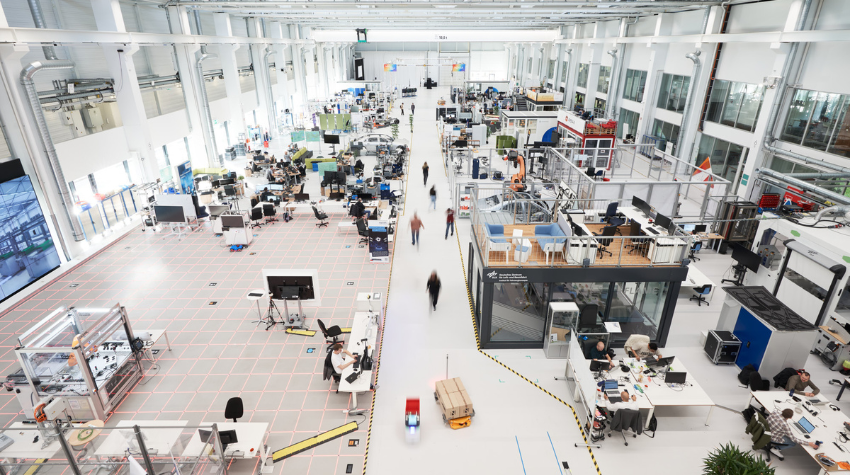
Although the majority of students didn’t have a technological background, the resonance for the model of emphasizing field trips as a university class was positive. “Especially around the third to fifth semester, there should be more field trips,” said Patryk, an Information Science student in seventh semester. “Human interaction is one of the most important things, not only in journalism,” added British international student Rosie. Such interaction could be learned better with interactive and practical elements. An aspect which tour guide Lara Blum underlined: "Many professional skills are learned through work, not at university."
The current challenges universities face were also present in the lives of the students. Especially when it comes to the lack of practical content, as Patryk stressed: “Everything has to be more free, not so static.” Laura, a participant from the United States, also found that something like field trips would be essential for students without work experience.
From pen and paper to current technologies
In terms of teaching methodologies, the importance of more hands-on experiences and company visits was highlighted. On many occasions, opportunities to interact with industrial environments are limited, making it more challenging for students to transition into the workforce. “It doesn't even have to do so much with what you study,” added Patryk. “If I had known earlier about ARENA 2036, I would have asked them for the opportunity of an internship.”
When identifying further developments in universities by 2030, students thought that knowledge of technologies such as artificial intelligence will be crucial, particularly in fields like research and information gathering. “You have to keep up with technological developments,” said Rosie. “In the United States, I still have some professors who want everything written on paper,” sighed Laura.
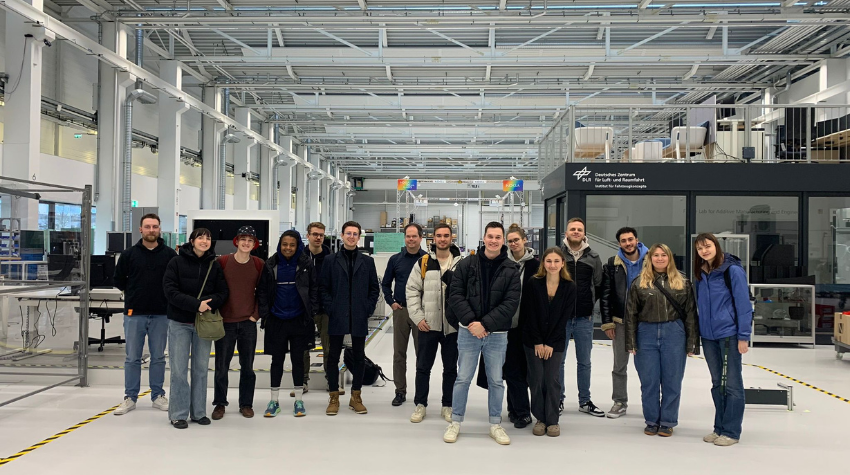
Moreover, students' expectations and needs are constantly evolving. The pandemic has reshaped how young people interact socially, requiring universities to adapt to new generations and their learning dynamics.
To wrap up the visit, Lukas Hannig told the students about his career path into being ARENA 2036’s marketing manager. This was particularly interesting as Hannig had studied the same minor as many of the visitors. He shared how he landed in his position thanks to similar field trips. Through transitions in the department, he secured his position – and even gave insight into possible contract negotiation tips.
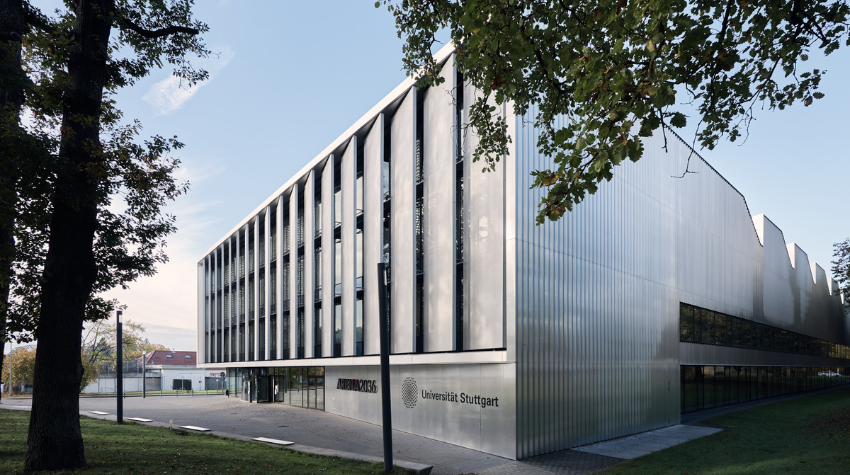
The universities of the future have the opportunity to make momentous changes and alter the way students learn, and teachers teach. ARENA 2036 is just one of many examples of the institutions, workplaces, and places of innovation a field trip-based class could explore, earning firsthand and hands-on experience. The engaging elements of the classes capture the attention of students, unlike in classrooms today, where students’ attention is often fixed on their laptops rather than the teacher.
Additional authors: Grace Carr and Javier Gonzálvez
2030: Shaping the universities of tomorrow
What does the future of universities look like? To find out, we took a journey into the lecture halls of 2030. The aim of this series of events was to take the first steps towards the future with inspiring lectures and examination models and to take future-oriented approaches. These public lectures were part of the course “International Content Production” and were organized and hosted by students of the Minor “Journalism & Communication Management".

